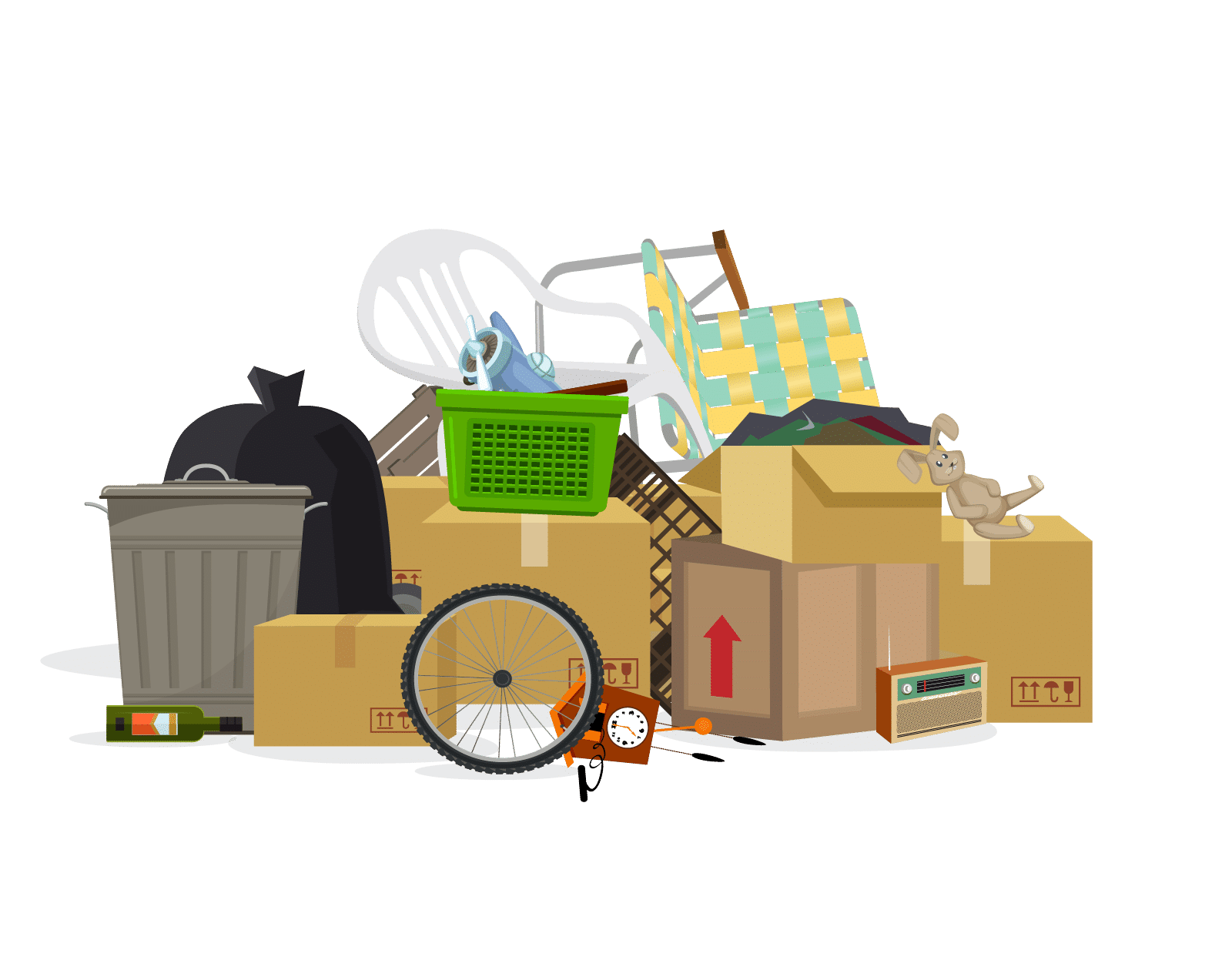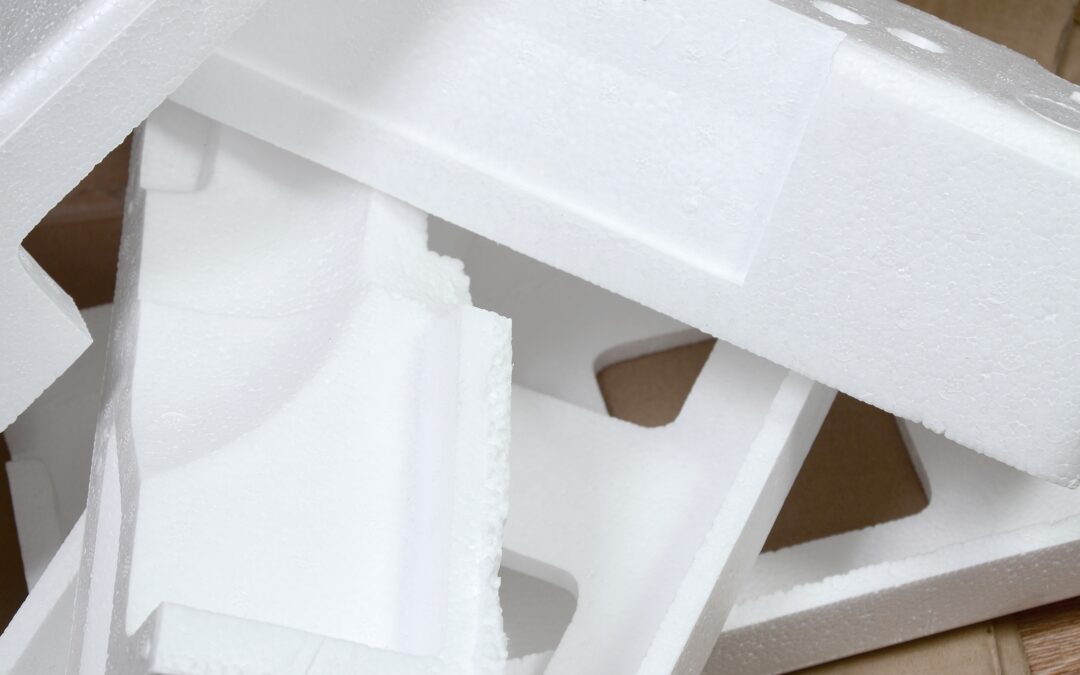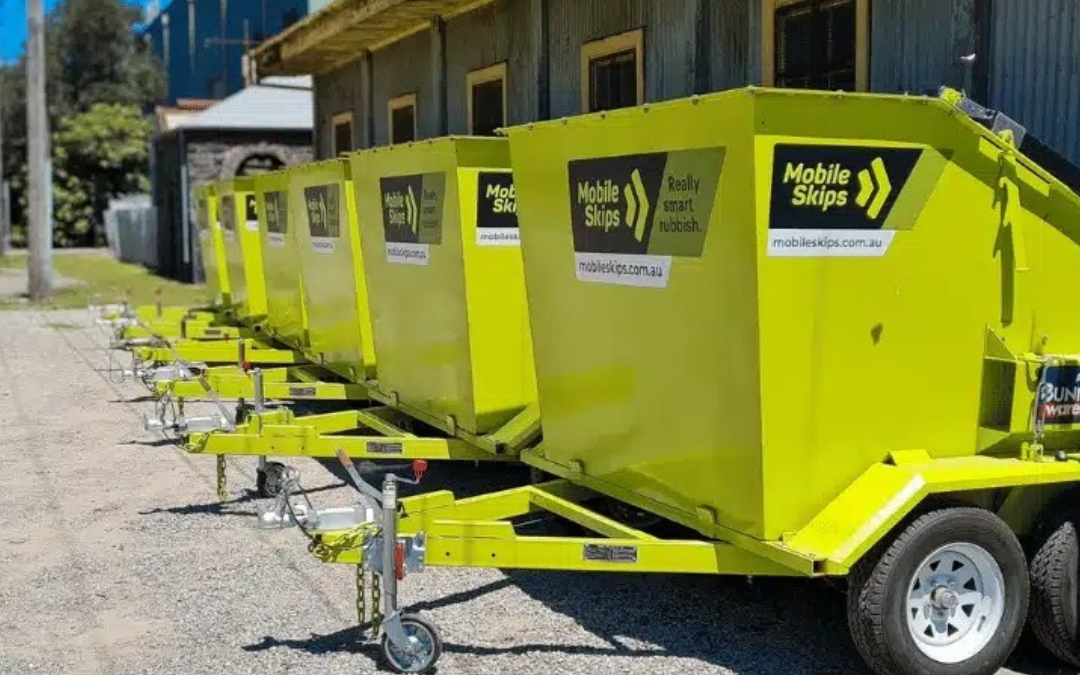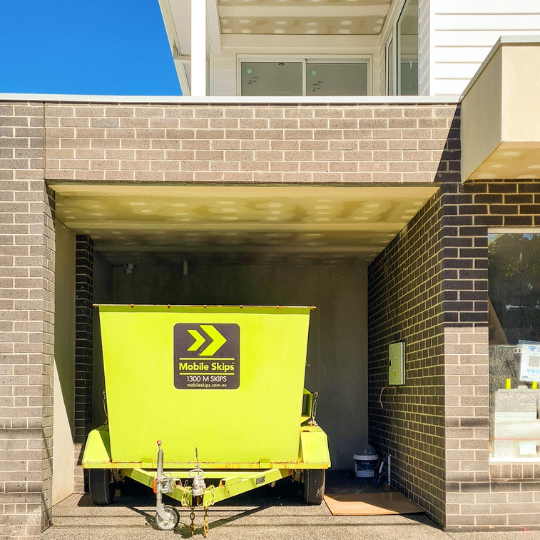There is a range of different skip bin sizes available for your different waste management needs. For instance, we offer a lockable, mobile skip capable of holding 500 or 1000 kg of rubbish depending on the type of waste. Australia produces 67 million tonnes of rubbish every year or over two tons per person: knowing how to get rid of this correctly is important for you and the environment.
How to put rubbish in a skip bin? It seems like it should be obvious, but there’s a correct and an incorrect way to use skip bins. Knowing the right way can help you maximise skip bin hire and get the most for your money.
We want to help you get the most out of our skips. The more rubbish that we can move, the more satisfied customers we’ll gain and it’s better for the environment, too. In this article, we’re going to give you some top tips for filling different skip bin sizes.
Ready to find out more? Then keep reading!
1. Choose the Right Skip Bin Sizes For the Job
If you want to maximise your skip bin hire success, you’ll need to figure out the right skip for the job. As mentioned, we offer two different weight limits on our skips for different kinds of waste. Which one should you pick?
If it’s possible, you can get a rough estimate of how big a skip you’ll need by weighing the items you’ll be throwing in our skips. Our mobile skips are four cubic metres in volume, all that varies is the weight allowed.
If weighing them isn’t possible, do your best to estimate the weight of the rubbish. It’s best to be cautious and get a skip that’s bigger than you may need if you are unsure. If you need to hire another skip for the rest of your rubbish, it will end up costing you more.
Depending on the skip supplier, you may need to choose special skips for different waste types. We’re happy to take anything as long as it isn’t dangerous, explosive, poisonous, or liquid, for instance.
2. How to Put Rubbish in a Skip Bin
To get the most out of our rubbish removal, you should be methodical in how you load it up. Start with flat items that can easily fit at the bottom. These include things like plywood or plasterboard, which can make a base for your skip bin’s load.
Put heavy items on top of these, compressing the bottom layer and making a little more space. If you’ve got large, awkward items, like furniture, it’s best to break these items up before putting them in a skip.
Looking for skip bin hire in Sydney or another Australian city? If you’ve lived in the suburbs for a while, you’ll know how a skip bin can be seen as something like a free-for-all.
Our skips circumvent this problem by being lockable, but you should still keep an eye on your skip between journeys. If necessary, consider locking your skip while you’re getting more rubbish. You want to get your money’s worth, not give others a free bit of extra bin space.
3. Don’t Overfill Your Skip
You mustn’t overfill your skip. While there is a wide range of skip bin sizes, they all have one rule: don’t fill it beyond the rim.
If you overfill it, it becomes a health and safety problem and we may not be able to take your rubbish.
4. Minimise Air Pockets
Even if you pick the biggest skip bin sizes, it’s easy to end up with a ton of space that’s being filled with air and nothing else. Air pockets are the bane of rubbish removal’s existence. You should try to pack your skip as tightly as possible.
When you put a large object in your skip, see if there are any gaps that you can fill with smaller objects. Any space that isn’t being filled is a waste of money. If you need to saw objects into smaller pieces, it’s worth it for the extra space that you’ll fill!
If you’re putting hollow objects like an old bathtub into the skip, fill it up with other rubbish. Make sure that nothing is going to waste!
5. Compact the Rubbish If Necessary
If you need to make more space in a small skip, try compacting rubbish to make a bit more space. If you’ve got a lot of cardboard or other soft objects that are taking up a lot of space, try using a heavy object to press this rubbish down further.
You may be surprised by how much extra room you can make if you force lighter rubbish into a smaller space.
6. Sort Your Rubbish
When you take advantage of skip bin hire to get rid of rubbish, you want to make sure that you’re not wasting money by filling skips with the wrong type of material. Anything that can be recycled easily shouldn’t be put in a skip. Instead, take it to a recycling centre or put it in your normal recycling bins.
Skips should be used for solid waste that would otherwise end up filling up your bin and creating a health hazard, or things that can’t be easily recycled. Think old clothes, sand, car parts, building materials, tree branches and other heavy stuff.
To maximise the usefulness of hiring a skip, don’t fill it up with items that you could get rid of yourself.
7. Don’t Start Work Until Your Skip Bin is Ready
If you’re going to be working on a project and need a skip, don’t start working until you’ve got the skip ready to be filled. Having waste sitting around your property is bad for the environment and makes your life harder. It can also be a health hazard if it fills with waste water where mosquitos breed
We can get your skip bin to you on the day that you order. We offer delivery within three hours of you placing your order. If you want it faster, you can collect a skip from a local branch of Bunnings.
8. Get a Permit if Necessary
Depending on the type of skip that you’re looking to hire, you may need to get a permit from the council to have a skip out on the street. This will also depend on the type of skip you’re hoping to hire, with all traditional skips requiring a permit.
Our skips do not require a permit to be placed on the street. This is because they are mounted on a registered trailer, so you can place them on the street as you wish. This is the case across all our different skip bin sizes.
9. Be Aware of Skip Weight Limits
Across all skip bin sizes, there are weight limits. These aren’t for the skip but for the truck that’s going to carry them.
If you think that your skip’s load might go over the weight limit, it’s best to get in touch with us so that we can help you find a better solution for your rubbish. For an overview of weight limits, you can read our waste types page.
10. Practice Good Safety When Loading Your Skip
Loading your skip will involve carrying a lot of objects and some of them could be very heavy! If you’re not familiar with lifting heavy objects, it’s important that you’re practising good health and safety.
Don’t bend your back when you lift objects, bend your knees instead. You should also hold the rubbish close to your chest, tighten your stomach muscles when you lift and spread your feet wide apart to get more support.
For more information on how to avoid injury when lifting heavy objects, take a look at this guide.
11. Be Sure of What You’re Throwing Away
Remember those dangerous items we mentioned earlier? Some dangerous rubbish can be lurking inside benign-looking garbage. For instance, if you want to throw away an old TV, be careful that capacitors aren’t exposed, as these can give a lethal shock if touched.
Car batteries contain strong acid, fridges can leak dangerous coolants, old roofing materials can contain asbestos and more.
Make sure that you know what you’re throwing away. This ensures that you don’t put either yourself or our team at risk.
Finding the Right Skip Bin Sizes For Your Needs
Now that you know the best ways to load a skip, it’s time to find the right skip for you. We offer a range of different skip bin sizes across several Australian towns and cities.
If you’d like to learn more about our skips, take a look at our site and see which sort is right for you. If you’ve got any questions about our skips, services or prices, please don’t hesitate to get in touch with us. You can call us on 1300675477 or email us at support@mobileskips.com.au






